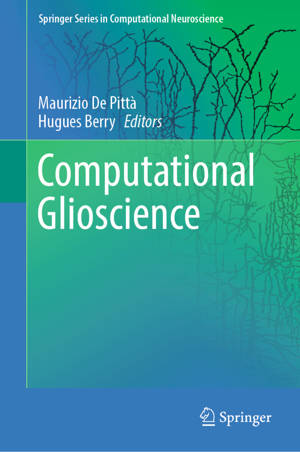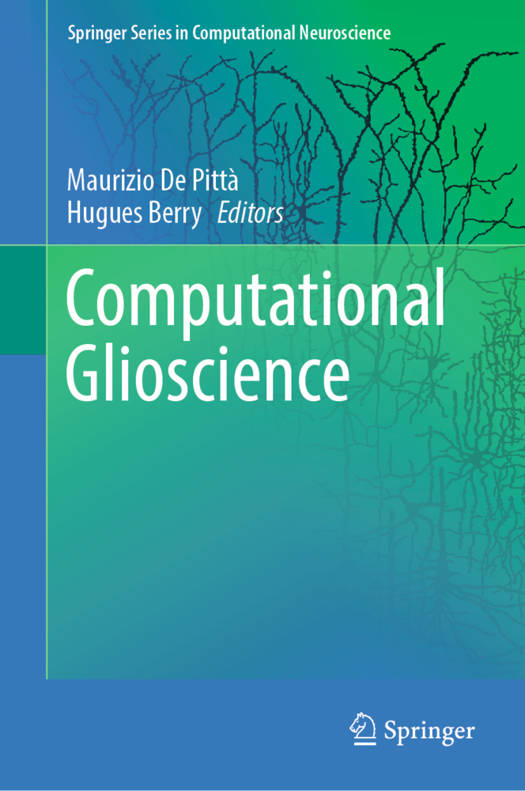
- Afhalen na 1 uur in een winkel met voorraad
- Gratis thuislevering in België vanaf € 30
- Ruim aanbod met 7 miljoen producten
- Afhalen na 1 uur in een winkel met voorraad
- Gratis thuislevering in België vanaf € 30
- Ruim aanbod met 7 miljoen producten
Zoeken
Computational Glioscience
€ 179,45
+ 358 punten
Omschrijving
Over the last two decades, the recognition that astrocytes - the predominant type of cortical glial cells - could sense neighboring neuronal activity and release neuroactive agents, has been instrumental in the uncovering of many roles that these cells could play in brain processing and the storage of information. These findings initiated a conceptual revolution that leads to rethinking how brain communication works since they imply that information travels and is processed not just in the neuronal circuitry but in an expanded neuron-glial network. On the other hand the physiological need for astrocyte signaling in brain information processing and the modes of action of these cells in computational tasks remain largely undefined. This is due, to a large extent, both to the lack of conclusive experimental evidence, and to a substantial lack of a theoretical framework to address modeling and characterization of the many possible astrocyte functions. This book that we propose aims at filling this gap, providing the first systematic computational approach to the complex, wide subject of neuron-glia interactions. The organization of the book is unique insofar as it considers a selection of "hot topics" in glia research that ideally brings together both the novelty of the recent experimental findings in the field and the modelling challenge that they bear. A chapter written by experimentalists, possibly in collaboration with theoreticians, will introduce each topic. The aim of this chapter, that we foresee less technical in its style than in conventional reviews, will be to provide a review as clear as possible, of what is "established" and what remains speculative (i.e. the open questions). Each topic will then be presented in its possible different aspects, by 2-3 chapters by theoreticians. These chapters will be edited in order to provide a "priming" reference for modeling neuron-glia interactions, suitable both for the graduate student and the professional researcher.
Specificaties
Betrokkenen
- Uitgeverij:
Inhoud
- Aantal bladzijden:
- 505
- Taal:
- Engels
- Reeks:
Eigenschappen
- Productcode (EAN):
- 9783030008154
- Verschijningsdatum:
- 31/01/2019
- Uitvoering:
- Hardcover
- Formaat:
- Genaaid
- Afmetingen:
- 156 mm x 234 mm
- Gewicht:
- 902 g

Alleen bij Standaard Boekhandel
+ 358 punten op je klantenkaart van Standaard Boekhandel
Beoordelingen
We publiceren alleen reviews die voldoen aan de voorwaarden voor reviews. Bekijk onze voorwaarden voor reviews.










